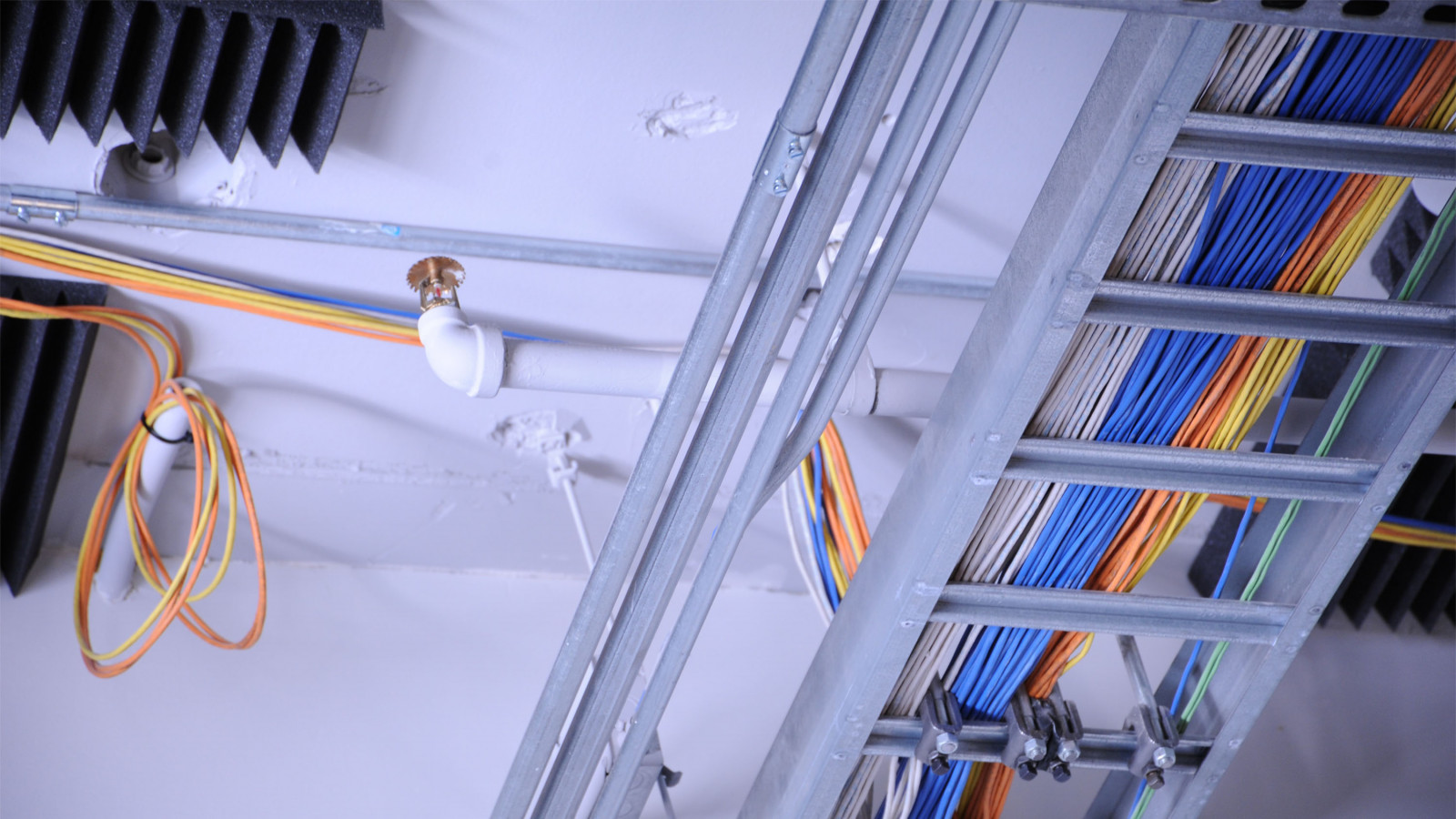Whilst the words themselves sound similar, and when looking at a dictionary definition, they might sound the same, however in the building industry without some context to a physical test standard and associated performance to a test standard, then they might just be meaningless words.
So, what must you look out for when checking if a fire rating is actually a fire rating? Firstly, we must look at the specific application or building scenario that we need a fire-resistant product for. Relative to the specific building scenario will be a reference in the New Zealand Building Code (NZBC) or the National Construction Code (NCC). In the NZBC and NCC are references to specific New Zealand / Australian Standards that a product will likely need to be tested to with minimum performance criteria.
For the purposes of this article, we will focus on service penetrations that pass-through fire rated building elements such as pipes and cables. For these elements the NCC refers to a Fire Resistance Level (FRL) or Fire Resistance Rating (FRR). This is defined as grading periods in minutes determined in accordance with Schedule 5 for the following criteria: “Structural Adequacy”, “Integrity” and “Insulation” and is expressed in that order shown as numbers separated by a forward slash (/). For example: FRL 120/120/120 would offer 120 minutes structural adequacy, 120 minutes Integrity and 120 minutes Insulation. This testing criteria refers to AS/NZ 1530.4. The current version of this standard is 2014.
When products are tested to AS1530.4:2014, the system or specimen is made up of the building element (wall or floor) and any service passing through that wall or floor (e.g. pipes or cables), and the products and specific manner in which they are installed. This overall system will provide the specific tested performance. The performance criteria refer to the following:
Structural Adequacy
Structural Adequacy refers to the ability of a loadbearing element to maintain stability and adequate loadbearing capacity. The failure criteria of this refers to whether the specimen falls down or it deflects or it deflects by a more than certain amount or by greater than a certain rate. Service penetrations do not have a structural adequacy aspect required and therefore this criterion in the FRR will be shown with a dash. Example -/120/120.
Integrity
Integrity refers to the ability of an element of construction to resist the passage of flames and hot gases from one space to another. There are a number of ways in which this criterion is measured, however it basically refers to having no openings or gaps occurring in the specimen that would allow flame or hot gases to escape. One form of measurement is the use of a cotton pad which is placed over the gap or opening for 30 seconds to see if it will ignite. If the cotton pad ignites this will be considered a failure at that time. Another failure criteria refers to the observation of flames on the non-fire side for a period greater than 10 seconds. For some more specific applications a gap gauge can also be used.
Insulation
Insulation refers to the ability of the surface of an element of construction not exposed to the furnace (or non-fire side of the compartment) to maintain a temperature below the specified limits. The specified limit in this case is 180°C above the ambient temperature of the element at the time just before the test begins. For example, if a metal pipe was 20°C just prior to the start of the test, then the failure criteria would be the temperature of the pipe exceeding 200°C. Each specimen has thermocouples placed on and around the specimen in locations specified by the standard. These thermocouples measure the temperature throughout the test.
All of the above criteria are measured in the form of minutes from the start of the test before they exceed the failure criteria. The number is then rounded down to the nearest 30-minute interval. The NCC refers to the most common intervals as 30, 60, 90, 120, 180 and 240 minutes. Even if the time in one performance criteria misses the next interval by only one minute, then that criterion gets relegated back to the earlier interval. As an example, if flaming was to occur around a pipe for more than 10 seconds at 119 minutes it would miss the “2hour” rating of 120 minutes and be pushed back to 90 minutes.
When it comes to the performance of service penetrations, these don’t require a structural adequacy rating and will always be shown with a dash at the start, eg. FRR -/120/120.
A wide range of firestopping products are available that will perform to achieve both integrity and insulation ratings. Products like BOSS FireMastic-300 fire and acoustic sealant are designed for metal pipes and small cable bundles, while High Pressure Exerting Intumescent sealants such as BOSS FireMastic-HPE can also be used for HVAC services, cable bundles and combustible pipes. Other products are designed to treat pipe penetrations. These types of products are ideal for treating small cable bundles, combustible pipes or smaller metal pipes and will achieve FRR’s commonly of up to -/120/120.
But what happens when there are a lot of metal elements that get hot faster? When it comes to uninsulated large steel or copper pipes or metal cable trays filled with large bundles of big power cables, these will generally conduct heat through the penetration faster and transfer it to the no fire side of a wall or floor. In most cases a sealant will not be enough to meet both the integrity and insulation criteria. As an example, a non-insulated 150mm copper pipe treated with sealant alone might achieve an FRR -/120/-.
So how do we get the insulation criteria to perform better? The answer often comes in the form of an insulation blanket or thermal wrap. Products such as the BOSS P40-MAK Wrap and BOSS Thermal Defence Wrap can be used to wrap around a service for a short distance on both sides of a wall or top side only of a floor slab. Depending on the size of the service the wrap might extend 300mm from the building element or up to 600mm. This style of thermal insulating product can increase an insulation rating up to 240 minutes or 4 hours. For example, a metal pipe that might only achieve FRR -/120/30, the addition of the thermal wrap can easily bring this up to FRR -/120/120. It’s important to note that other passive products will form part of the system to aid the integrity rating. For instance, a sealant and wrap might complement each other. The bigger the service or the higher performance rating required will determine the distance in which the service needs to be wrapped.
To find out more about Fire Resistance Ratings and how the wide range of BOSS Passive Fire Products may assist your project requirements, contact Michael Freeman on [email protected], 0272554186 or visit www.potters.co.nz





























 Most Popular
Most Popular Popular Products
Popular Products



